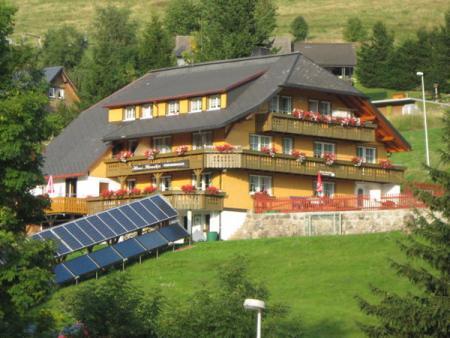With around 50.000 inhabitants, Rastatt is a so-called medium-sized town, which is around 22 kilometers from Karlsruhe (south/west) and around 12 kilometers from Baden-Baden (north) and in Baden-Württemberg. In addition, Rastatt is a district town and the largest city in the district of the same name.
It should be worth knowing that in the 18th century Rastatt was proclaimed and expanded to become a baroque residential town of the Margraviate of Baden-Baden. In addition, a federal fortress was built in Rastatt in the 19th century, and Rastatt was also a so-called garrison town until the 20th century.
Rastatt Residential Palace
As already mentioned, Rastatt was declared a residential city and expanded in the 18th century. One of the most important sights in this region was also built during this time Rastatt Residential Palace. In the residential palace you can visit individual rooms, which are furnished in the typical baroque style. Here you can admire, among other things, tapestries and furniture from the former residents. The side wing also houses the military history museum, which is always worth a visit. The unique Castle Church of the Holy Cross was built as a court church between 1720 and 1723 and still serves as a place of pilgrimage and as the burial place of the Margravine Sibylla Augusta, according to whose ideas the residential palace and the castle church were built.

Favorite Castle
Favorite Palace is not only the oldest so-called porcelain palace, it has also remained almost unchanged since it was built. Just like the residential castle and the castle church, Favorite Castle was also built on behalf of and based on the ideas of Margravine Sibylla Augusta. It is of course also built in the baroque style and therefore furniture from this period can be viewed there, among other things. But the main attraction is the porcelain. For her part, the margravine collected porcelain from Meissen there, and for this reason there is the world's largest collection from the earlier period of Meissen porcelain. The garden with a pond and old trees, which invites you to take a long walk, is also not to be scoffed at.

Parts of the fortress and casemates
On November 15, 1842, the construction of the federal fortress in Rastatt began. To be more precise, the construction of a total of three forts. These included the Leopold Fortress, the Friedrich Fortress and the Ludwig Fortress. Unfortunately only a few buildings remain today. Only the main gates of the federal fortress, the Karlsruher Tor and the Kehler Tor, as well as the garrison hospital, the Körnermagazin and Lünette 42 can still be visited.
In addition, the casemates. These rooms are underground at the former forts and served as a refuge for the residents of Rastatt at the time when they were attacked by the Prussian groups. Today these dark rooms and corridors can be visited.
More Attractions
The water tower with a height of more than 47 meters and a diameter of around 11,40 meters, which was completed in September 1901 and is still in operation today with its café and restaurant around.
The Pagodenburg, which was built as a baroque garden palace in 1922 and commissioned by Margravine Sibylla Augusta.
The Einsiedeln chapel, which was built in 1715 as a replica of the Swiss pilgrimage chapel Maria Einsiedeln.













